Understanding Machining: Processes and Equipment Guide
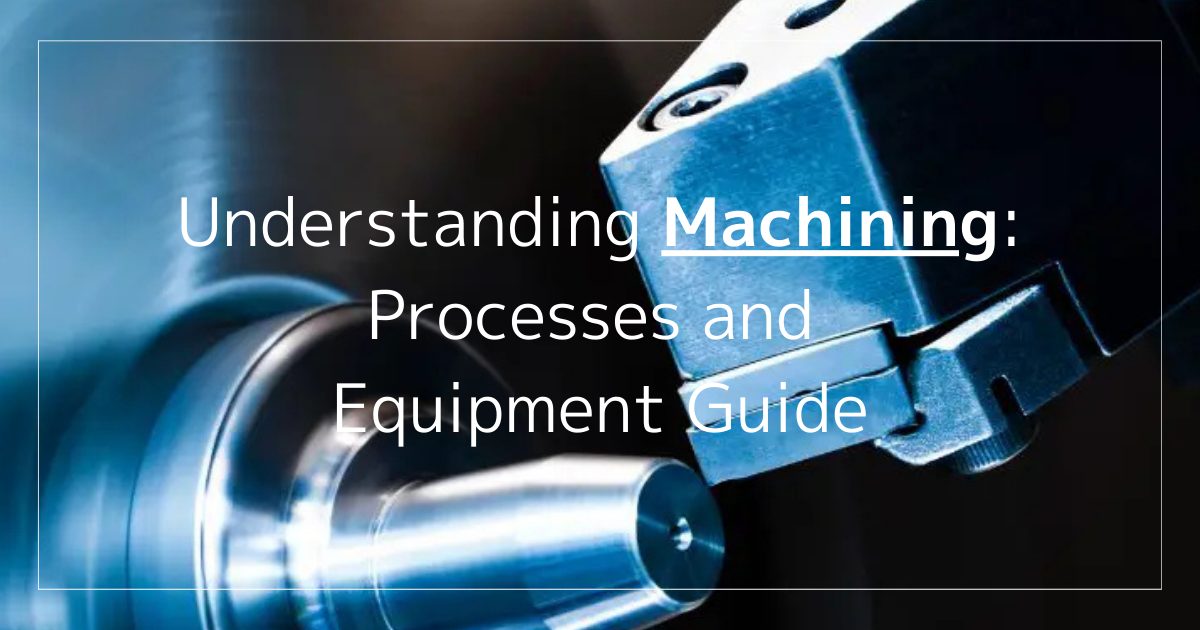
Machining involves using tools to cut or drill materials. It allows for high-precision material processing without the need for molds, making it ideal for small-batch production and prototyping.
What is Machining?

Machining is a technique used to shape materials such as metals and plastics by cutting or drilling. It plays an essential role in modern manufacturing.
At Koyo High Precision, we process a wide range of materials, from difficult-to-cut materials to general steel and peek materials. Machining enables high-precision part formation, making it a critical foundation in various industries, including automotive, aerospace, and medical devices.
Characteristics and Benefits of Machining
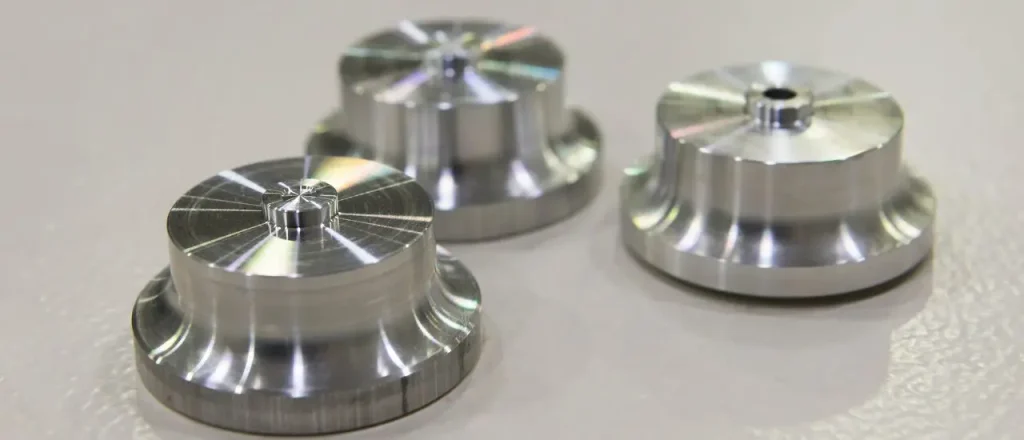
Low Cost and Quick Delivery
Machining requires relatively low equipment investment and can reduce processing time, making it a cost-effective option for small-scale production and prototype development.
By optimizing the production process, delivery times can be significantly shortened, allowing for faster market entry.
High Precision for Various Shapes
Machining achieves extremely high precision. With advanced machinery, it can produce intricate parts and complex shapes with design-accurate precision.
This feature is particularly valuable in industries like aerospace and medical devices, where strict dimensional accuracy is required.
Suitable for Small Batch Production and Prototyping
Machining is perfect for small-batch production and prototyping. It allows for easy design changes and a flexible response to small-scale production, enabling rapid iteration during the development stage.
This facilitates extensive trial and error before market introduction, contributing to improved product quality.
Applicable to Diverse Materials
Machining can be applied to a wide range of materials, including metals, plastics, and wood. This gives designers a high degree of freedom, enabling the development of innovative products by combining materials with different properties.
Considerations and Disadvantages of Machining
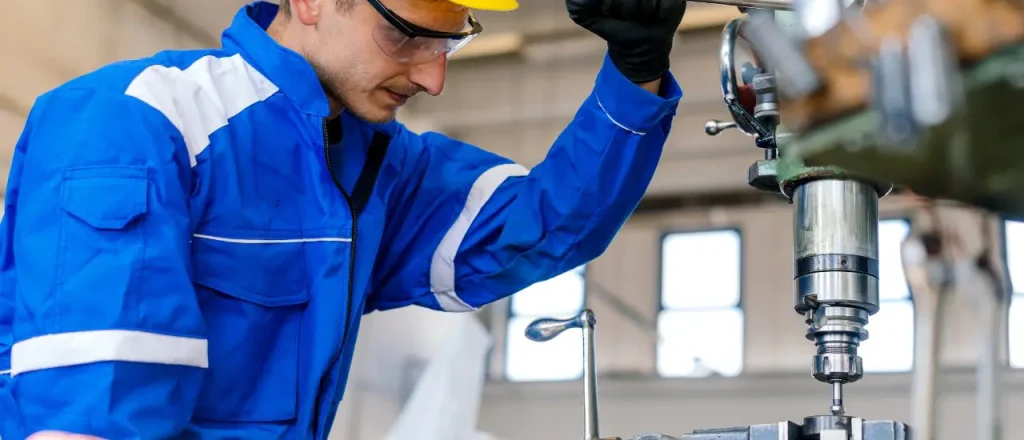
While machining offers many advantages, there are also disadvantages to consider in certain situations.
Generation of Chips
The machining process involves removing material to achieve the desired shape, which inevitably generates chips. This can affect processing efficiency and requires additional time and cost for cleaning and chip disposal.
Especially when manufacturing complex or precision parts, material utilization efficiency may decrease, potentially leading to extra material costs.
High Cost for Mass Production
Machining is cost-effective for small-scale production and prototyping but becomes less economical for large-scale production. This is because machining takes time, and as production volume increases, so does the cost per unit.
Additionally, the initial investment in specialized equipment and tools can drive up costs in mass production. In comparison, mold-based methods like pressing and forging allow for rapid production of identical products once the mold is created, significantly reducing unit costs as production scales up.
Heat Generation
Machining generates heat due to friction between tools and materials. This heat can negatively impact product quality, depending on the material. For instance, heat can cause materials to warp or harden, reducing dimensional accuracy and physical properties.
In high-precision part manufacturing, special cooling methods or tool selection may be necessary to mitigate these effects.
Types of Machining
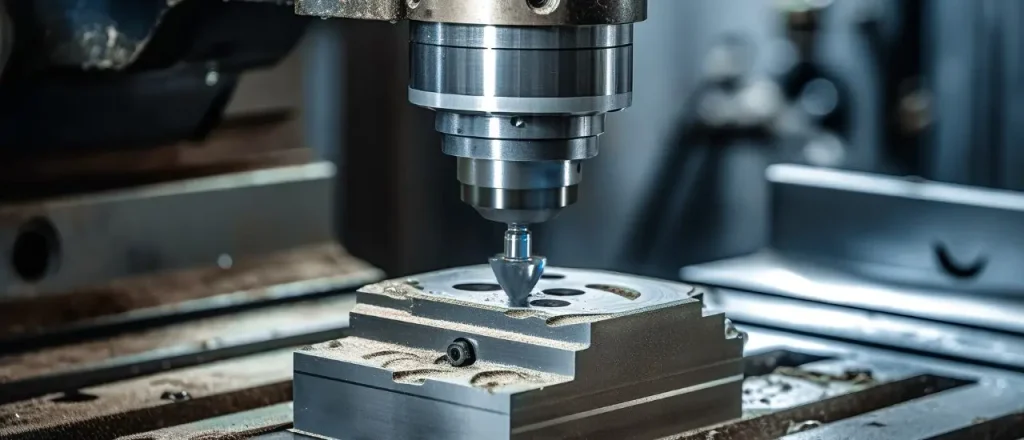
Machining methods are chosen based on part shape, required precision, and material type.
Turning
Turning involves rotating cylindrical materials while cutting with fixed tools. It offers high dimensional accuracy and surface finish, commonly used for manufacturing shafts and rings.
By finely adjusting parameters like material rotation speed, tool feed rate, and cutting depth, turning can achieve the desired shapes and finishes.
Milling
Milling uses rotating tools to remove material from stationary workpieces. It can process various shapes, including planes, grooves, and gears, making it suitable for complex part manufacturing.
Milling’s versatility allows multiple operations with a single tool, contributing to manufacturing efficiency.
Drilling
Drilling involves using tools like drills and reamers to create holes in materials. It accurately controls hole diameter and depth, essential for producing parts needed for assembly, such as bolt holes and pin holes.
Tool selection and rotation speed are determined based on material type and hole size.
Examples of Machines Used in Machining
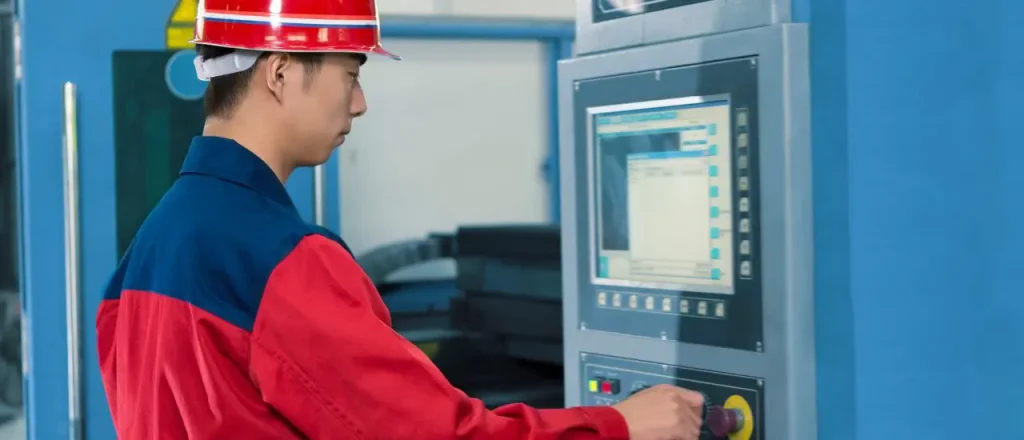
Specialized machinery is utilized in machining. Here are some representative machine types and their characteristics:
NC Lathe
An NC lathe uses numerical control technology to automate turning processes. It precisely processes materials based on programs, particularly suited for cylindrical part manufacturing.
NC lathes enable high-precision processing in short times, significantly improving production efficiency. They are especially beneficial for repetitive tasks and complex shapes.
Machining Center
A machining center is an advanced CNC machine capable of performing various machining operations in one unit. It includes functions like drilling, milling, and tapping.
Program-based precision processing allows for the manufacture of complex 3D shapes.
5-Axis Machining
A 5-axis machining machine controls the relative movement of tools and workpieces across five axes. This advanced technology enables the creation of complex shapes like inclined surfaces and curved surfaces, which were challenging with traditional 3-axis machining.
5-axis machining reduces processing time, eliminates the need for complex fixtures, and improves surface quality. It is particularly in demand in the aerospace and precision machinery industries.
Examples of Parts Produced by Machining
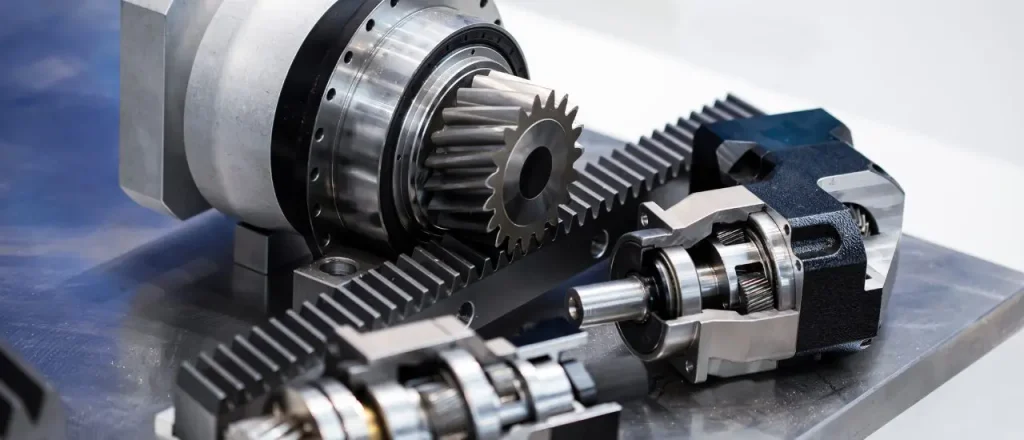
Machining plays a crucial role across various industries due to its wide applicability and flexibility.
Automotive Engine Components
In the automotive industry, engine parts like pistons, crankshafts, and camshafts are manufactured using machining. These parts significantly affect engine performance and efficiency, requiring extremely high precision.
Aerospace Structural Components
In the aerospace industry, machining is used to produce lightweight yet high-strength structural components like aircraft frames, landing gear, and turbine blades. These parts require safety and reliability at the highest level, making machining’s precision and reproducibility indispensable.
Medical Device Components
In the medical device sector, machining is used for components like surgical instruments and implants. These parts require high precision and quality due to their direct interaction with the human body.
Machining’s applications extend beyond these examples to construction machinery, electronic components, and household appliances, influencing various aspects of daily life.
Trust Koyo High Precision for Machining Difficult-to-Cut Materials
At Koyo High Precision, we combine cutting-edge technology with years of hands-on experience to expertly handle the machining of even the most difficult-to-cut materials.
No matter how challenging the material, we can identify the perfect machining conditions by carefully monitoring chip formation, tool wear, cutting surface quality, and even the sounds during machining.
We are committed to providing customized solutions that meet your unique needs. Contact us today for consultations or quotations — we’re here to help with all your difficult-to-machine material requirements.
